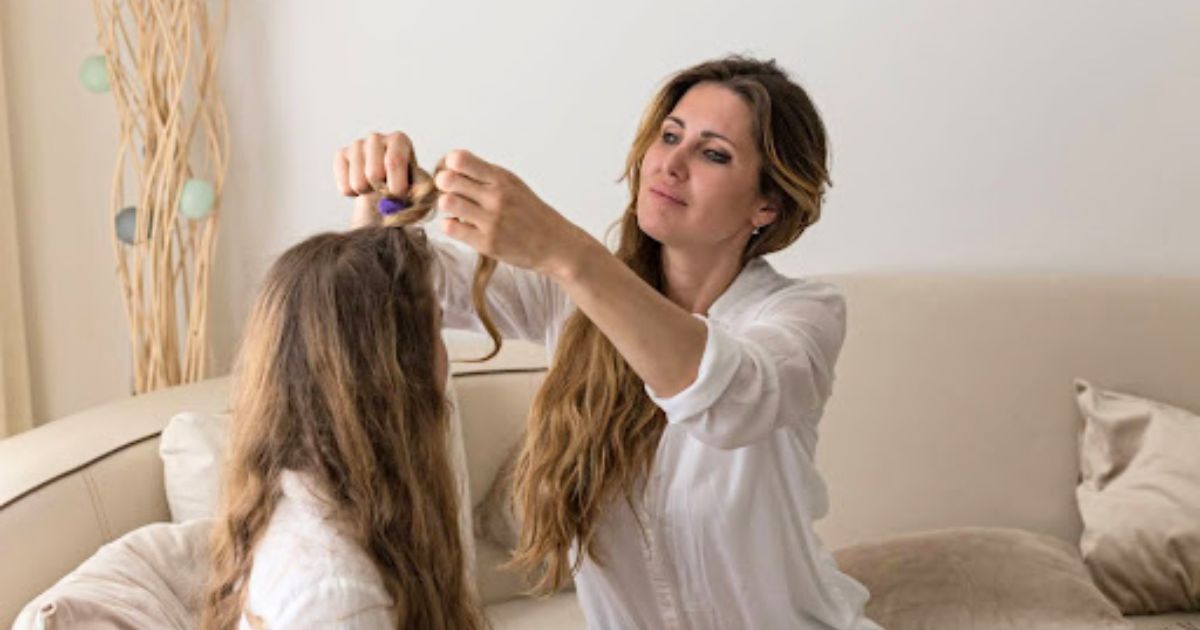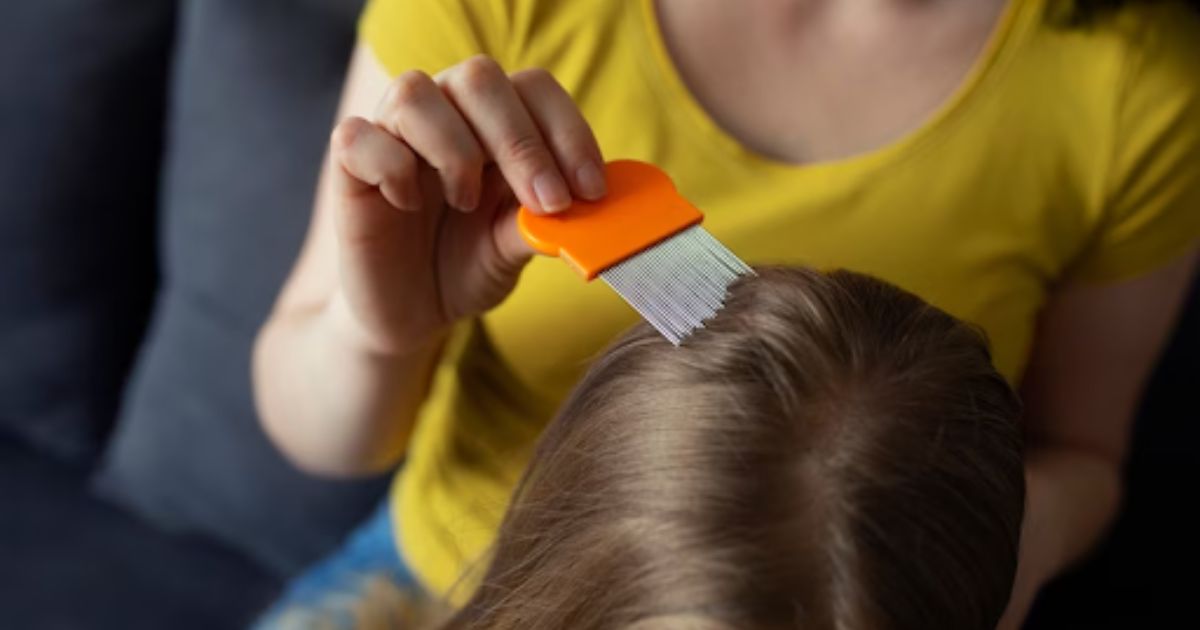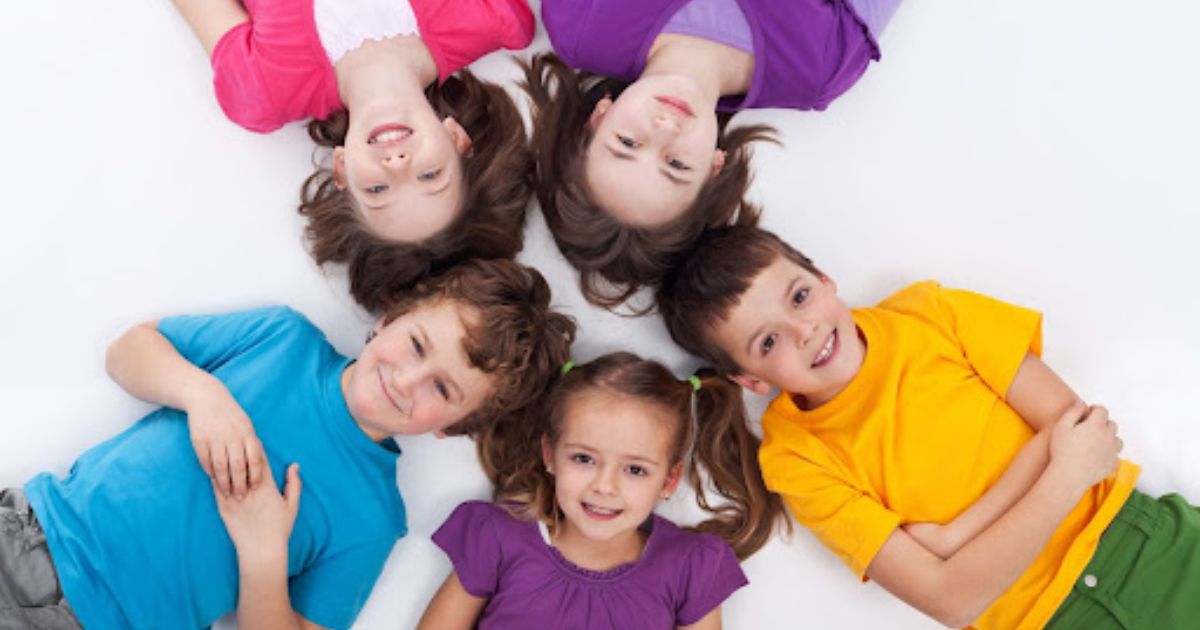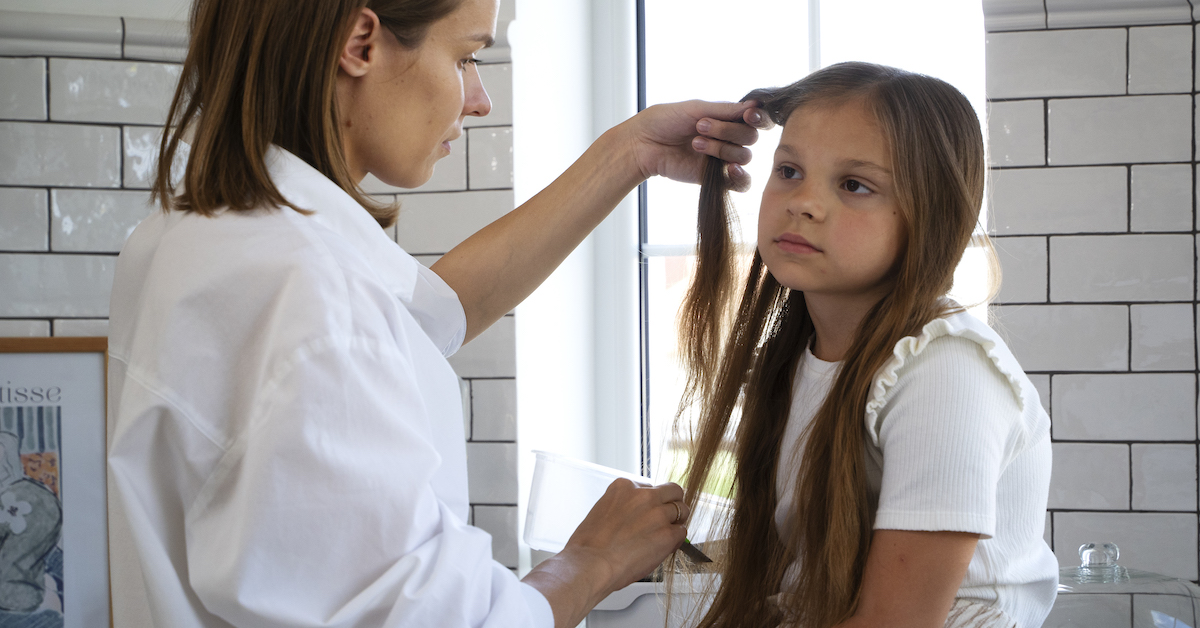For many people out there, the mere mention of lice can spark a wave of scalp-tingling discomfort and phantom itches. Known to thrive in human hair, lice are tiny parasites that feed on human blood and are easily spread, especially among school-aged children. Thankfully, prevention is better than cure, and there are multiple ways to safeguard yourself and your family from a lice infestation. In this blog post, we will discuss practical insights on how to prevent lice and how to keep yourself and your family informed to ensure you stay one step ahead of these pesky invaders.
Table of Contents
Understanding Lice and Raising Awareness
Before diving into the prevention strategies, it is crucial to understand what lice are and how they operate. Lice are tiny, wingless, parasitic insects that live in human hair. The most common type affecting humans is head lice or Pediculus humanus capitis. An infestation occurs when lice lay eggs, also known as nits, on the hair shaft, close to the scalp. These eggs hatch within 1-2 weeks into nymphs, which mature into adults within 7-10 days. Adult lice can survive up to 30 days on a human host, feeding on blood several times a day. One of the most effective strategies to prevent lice infestations is understanding these pesky parasites and their life cycle.
Furthermore, raising awareness about lice, especially among school-aged children who are at high risk of infestation, is crucial. Knowledge is your first line of defense against lice, and discussing lice prevention with your children and explaining to them how lice operate is the most effective strategy to prevent an infestation. This is especially relevant for school-aged children, who are more likely to come into close head-to-head contact with their peers, which is the primary method of lice transmission. Teaching your children not to share personal items such as combs, hats, or headphones will also significantly reduce the risk of transmission. Parents, teachers, and guardians can only do so much against head lice if the children are not careful while they are out and among other kids, so please take the time to talk to your kids about head lice.
Lice Prevention Products and Practices
Now that we understand the importance of educating your children about head lice and how they operate, we can discuss what you can do as a parent or guardian to reduce the risk of head lice from invading your home. Some of the best products used for lice prevention are as follows:
- Over-the-Counter Products: Numerous over-the-counter lice prevention shampoos, conditioners, and sprays exist. These often contain natural ingredients, such as tea tree oil, lavender oil, or eucalyptus oil, known for their potential to repel lice. Use these products as directed on the packaging for best results.
- Lice Repellent Sprays: Some sprays can be applied to items such as hats, scarves, or coats to deter lice from latching onto these objects.
- Lice Prevention Kits: Certain brands offer comprehensive lice prevention kits. These kits may include a combination of shampoo, conditioner, leave-in sprays, and sometimes, fine-toothed combs for nit removal.
- Essential Oils: Some studies suggest that certain essential oils may act as natural lice repellents. These include tea tree, lavender, neem, and peppermint. However, never apply essential oils directly to the scalp. They should always be diluted with a carrier oil, and some individuals may be allergic to specific oils.
Aside from using store-bought or household items for lice defense, you should also consider these best practices to help make lice prevention habits a more routine occurrence in your household:
- Avoid Head-to-Head Contact: As lice spread primarily through direct head-to-head contact, avoiding such contact is key in lice prevention.
- Don’t Share Personal Items: Discourage sharing of items that come into contact with the hair like combs, hair accessories, headphones, hats, and scarves.
- Regular Cleaning of Personal Items: Clean combs, brushes, and hair accessories regularly in hot water. Lice can survive up to 48 hours off the human head, and nits can live for over a week.
- Wash and Dry Bedding and Clothing: Use hot water when washing potentially contaminated items, and a high heat setting when drying.
- Seal Non-Washable Items: For items that can’t be washed, sealing them in a plastic bag for two weeks will ensure any lice or nits are dead.
- Regular Hair Care: Regular washing, conditioning, and combing of hair can dislodge and remove lice and nits. Some believe that lice prefer clean hair, but maintaining regular hair care can still be helpful in the early detection and management of lice.
- Check and Treat Pets: While pets don’t get human lice, checking them and maintaining their hygiene will help ensure a clean environment at home.
Remember, these products and practices don’t guarantee 100% protection, but they significantly reduce the risk of a lice infestation. In the event of an infestation, it’s essential to treat all household members and clean all personal items and living spaces thoroughly. A combination of over-the-counter treatment, prescription medication, and professional lice removal services can be considered, depending on the severity of the infestation.
Professional Lice Removal
Lice infestations are a common issue, especially among children, but that doesn’t mean they’re inevitable. However, if prevention methods fail and lice have taken residence in you or your child’s hair, it is imperative that steps be taken to stop the infestation before it gets worse. Do not waste time, money, and energy on cheap home remedies or harsh chemicals. Instead, you should seek professional help. Professional lice removal services are the most reliable way to eliminate lice in the shortest amount of time because lice removal experts use specialized tools and techniques to remove lice that are not available in stores.
Lice Treatment In Spartanburg, SC
As we discussed a moment ago, if you discover head lice present in your child’s hair, or anyone else in your household, you should take action immediately to prevent further spread. The Lice Clinics are professional lice treatment clinics with locations in Greenville, Anderson, and Spartanburg, SC that are fully staffed and equipped to help you eradicate lice infestations. By using their proprietary Lice Tech treatment, The Lice Clinics can guarantee 100% removal of all lice, nymphs, and nits in just one visit. For more information, or to schedule an appointment, please visit our website today.





